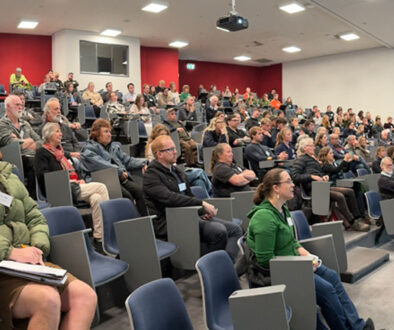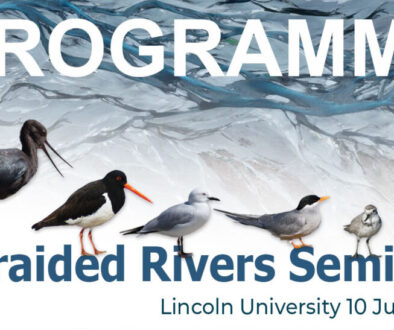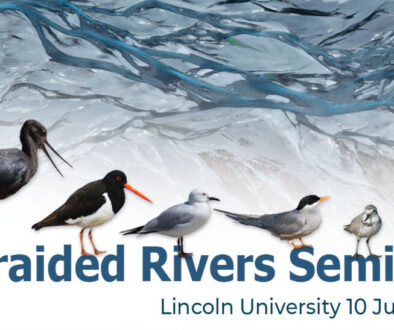Five clever ideas to beat our pests
Reposted from the NZ Herald: “To mark this year’s WWF’s Conservation Innovation Awards, the Z Herald asked ecologist Dr James Russell to propose five ideas that may help win the battle for a predator-free New Zealand
Drones: “Drones are fast becoming a part of our everyday life, and the laws for their use are struggling to keep up with the applications,” Dr Russell said.
“Drones could have application in pest control for everything from precision deployment of toxin, bait stations or traps to active search and detection of newly invading pests.”
Species specificity: “Current pest control tools are broad-spectrum and can have unintended impacts on other species.
“Species recognition technology using the latest detection technology could guarantee 100 per cent identification of targets before killing.
“Species genome maps may help devise targeted species-specific control tools with no impact on other species.”
Solar-powered self-baiting traps: “Multi-use self-resetting traps are already becoming a powerful tool in pest control today, but must still be serviced after a set period.
“Traps that could reset themselves infinitely and use captures as bait for the next individual would allow a region to be treated forever, so long as the cost per device was sufficiently affordable.”
Electronic sniffers: “Animals are much more reliant that humans on other senses such as smell.
“Developing an artificial device which could detect odours with the same reliably as animals would drastically increase the ability to locate survivors or reinvaders during control programs.
“If this could be attached to a mobile device it could then be used to track down the individuals.”
Social marketing: “Eradicating pests from an area requires the complete support of everyone in the community, whatever method they prefer to use.
“With so many people in New Zealand already contributing to conservation, new apps will allow people to network better and identify local areas of pest hotspots to respond in real-time.”
Could light be used against pests?
Meanwhile, a Waikato University researcher will use an $85,000 scholarship to help her investigate an interesting form of non-lethal pest control, using light…read on.




